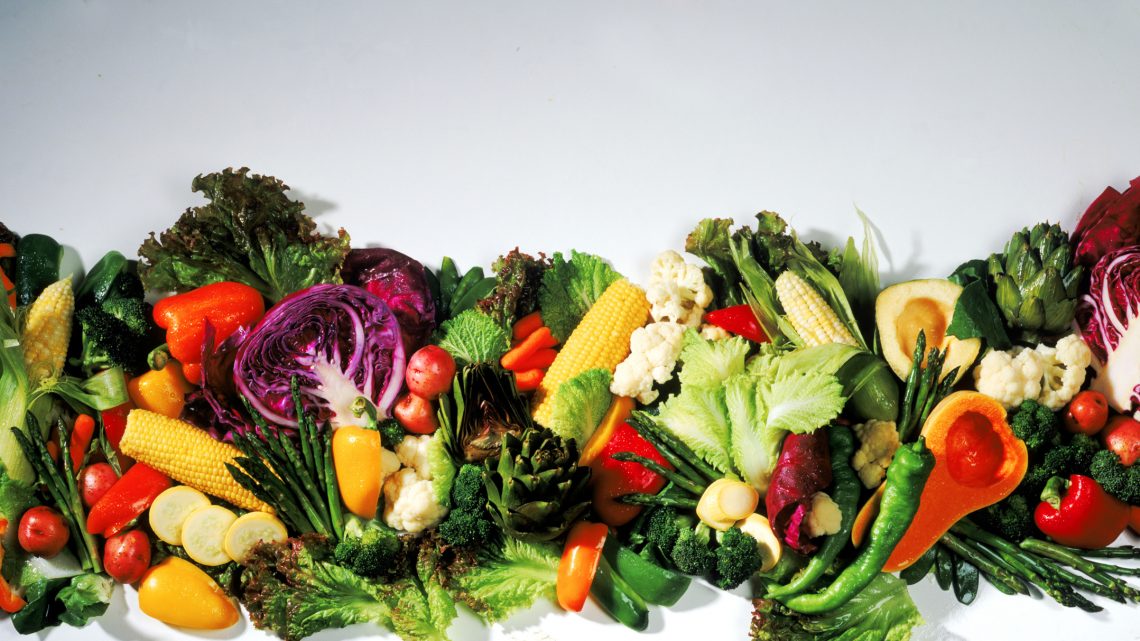For many of us, the hardest part of sticking with a healthy eating plan comes when we step outside our front door. Eating out can be a major challenge because restaurant menus continue to feature high-fat, high-salt/sugar, over-processed meals.
A measure passed by the federal government in March 2010 as part of President Obama’s health care legislation requires every major restaurant chain in the nation to place calorie information on their menus and drive-through signs. This measure, intended to create a national policy modeled on a requirement already effect in New York City (www.nytimes.com/2010/03/24/business/24menu.html), was designed in part to promote health education.
According to the New York Times, Kelly D. Brownell, director of the Rudd Center for Food Policy and Obesity at Yale, called the legislation “an historic development.” Consumers spend more than half their food dollars on meals eaten outside the home, he said, “and when people eat away from home they eat more and they eat worse. And part of the reason may be because they don’t know what’s in fast foods, and they’re often shocked to find out.”
Whether or not the new policy is having a positive influence on either the quality of food presented or the eating choices of the America population, remains to be seen. In the mean time, if you’re looking for strategies for eating healthy when you’re away from home, consider these seven tips.
1. Plan ahead. If you wait until you’re starving to think about food, you probably won’t take time to make the best choices. Look up restaurants online or call ahead to get menu information. If you need to, carry a small packet of nuts or dried fruit to give you an energy boost until other healthy food is available.
2. Choose non-chain restaurants, preferably a place that specializes in salads and sandwiches. These establishments are usually well stocked in vegetables and often boast locally grown or organic produce. Avoid buffets—people eat more when more choices are available.
3. Go for color. Search the menu for dishes that sound like they have a high percentage of vegetables, preferably multicolored. Ask that your vegetables be steamed, baked or grilled—not fried. Eat simply, choosing fresh foods when possible. Ordering a side salad is an easy way to accomplish this.
4. Avoid cheesy, creamy sauces and dressings. It is all too common for restaurants to bury food in high fat, high salt sauces to mask the taste of inferior ingredients. Ask for the dressing on the side, if at all.
5. Practice portion management. Try ordering an appetizer as your entrée. Ordering anything with the title “supersize” or “combo” is not a good idea unless you’re planning on taking home plenty of leftovers. Usually you can split an entrée with a friend and, with your salad, still have plenty.
6. Ask your server to bring any bread or chips with the meal so you don’t fill up on processed food made of refined flour before your healthy food arrives. And when it comes, eat slowly so your brain’s hunger center has time to process and send those signals of feeling full.
7. Skip the dessert. Refined sugar is one of the most dangerous things you can eat and should always be consumed with caution. If you want something sweet, order fresh fruit. And if you just can’t say no to dessert, order one serving to be shared by everyone at the table.
See The Full Plate Diet (my favorite food book) for more healthy eating ideas, fascinating food facts, and fabulous pictures that will make you want to eat fresh fruits and vegetables every single day!








